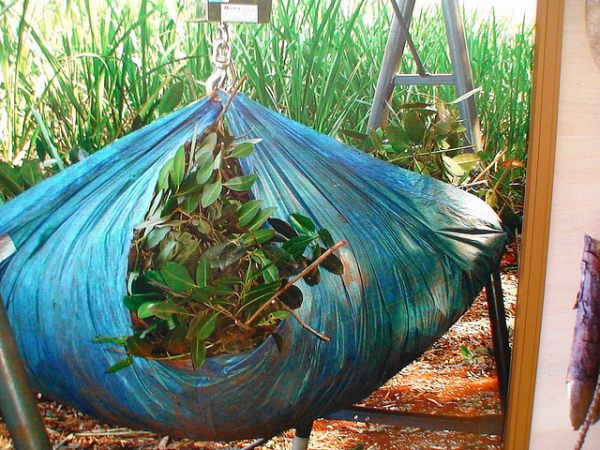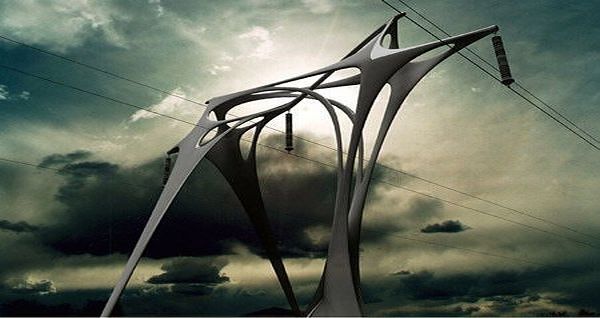
Carbon Capture and Storage (CCS) is a latest rescuing technology against the threat of global climatic change. It is effective in resolving both the problems of power supply and protecting the environment at the same time. The fossil fuels which takes millions and millions of years to accumulate but gets exhausted by various uses like automobiles or industries in a blink of an eye. This Carbon Capture and Storage technology makes itself responsible enough to collect carbon dioxide from fossil fuel power stations. Then, these accumulated carbon dioxide is transported to the offshore deep underground structures via pipelines.
The underground storage stations includes depleted oil and gas reservoirs, deep saline aquifers, etc. Chris Huhne, the Secretary of the State, said that the UK has the skills and opportunities in this technology but International Energy Agency has estimated that over 3,400 CCS plants would be required by 2050 to check the global climate rise.
The Good : The start of doing good for the better started when the Norway Government imposed carbon tax in the early 1990s. The energy giant Statoil took the initiation to accumulate CO2 from the Sleipner natural gas platform. The collected gas was stored under the seabed into a saline-filled sandstone layer in the North Sea. Another example in the past decade is of the storage of CO2 from a coal plant into an oil reservoir in the US- Canada border.
The CSS promises a huge positive impact and the estimated consequences shows a lot of it. According to the Intergovernmental Panel on Climate Change, CSS can contribute from 10% to 55% of the cumulative carbon-mitigation over the upcoming 90 years. To add to the positiveness of the same, the International Energy Agency says that CSS is one of the important upcoming technology which can contribute hugely to the savings of CO2.
Although a CSS plant needs 40% more energy to run as compared to a coal plant but CSS bears the potential to capture 90% of the emitted CO2, thus helping to resolve global climatic change. It is believed that this has the potential to prevent global climatic change to a certain extent.
The Bad : With the starting of the fading away and the downfall of the government, the climatic changes have been ignored for quite a long time, International Energy Agency pointed out recently. The tight financial condition of the government and the reluctance of the global leading units in the climatic change issues freezes this issue. The frightening IEA report says that the carbon consumption has doubled in the last 40 years and it is expected to grow another 35% by 2035, which will make the carbon emission rise by more than 35 gigatones per year.
Though the will to stop the increasing of temperature more than 2 degrees is the ultimate aim of the government but they are finding it quite hard to secure funds for the construction of the CSS. The Head of an Australian-based Global CSS Institute, Brad Page, stated that the new projects declined due the “softening of the global economy and an uncertain carbon price.”
The government is fearing in making a big-time financial commitment to the CSS as it is becoming more cash-strapped day by day. The market is plagued by delays, disputed policies and doubts. The world’s biggest CSS plant of only 20 megawatts in US has attracted a lot of financial tussle. Again, UK plans to set up four trial projects of 300 MW each. This projects planned to be executed over the next decade is assumed to attract a cost of £9.5billion.
The Ugly : There is still a dissipation of carbon even after the CSS plants are into action. The setting up of the CSS plants and putting it into effect will increase other emissions during the process of carbon sequestration, rather than decreasing the same. The sequestration process requires new equipment, additional energy and new chemical reactions which is expected to release extra pollutants.
The compression of the captured CO2 up to 100 times of the atmospheric pressure, transporting the same to underground reservoir and again pumping it to the ground requires a huge amount of energy. According to the reports submitted by environmentalists, a power plant which sequesters, burns 30% more coal to meet these energy needs. The energy consumption list goes on and on.
The most dangerous threat to life on earth is the global climatic change. The environmentalists are always in lab to find out the next ways to almost every other issue threatening life on earth. Again, these CSS technologies are latest and effective in controlling environmental pollution by storing the CO2 from the fossil fuel plants. But these ideas crashes with its huge economic support and other problems that are found hard to be dealt with.




